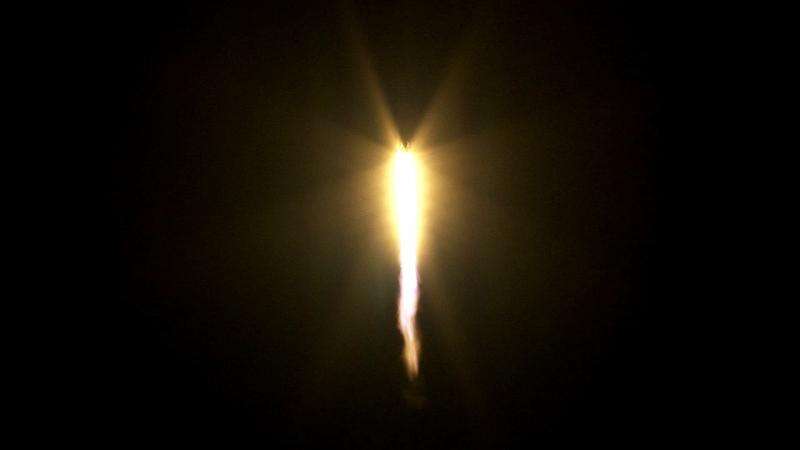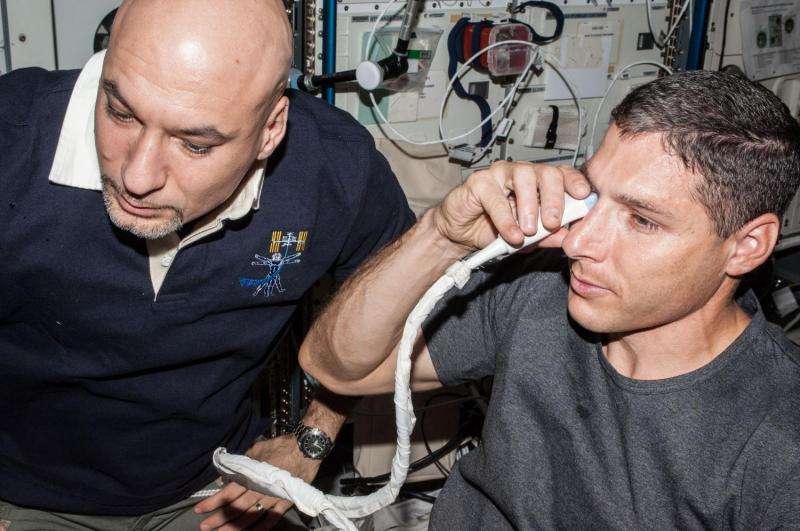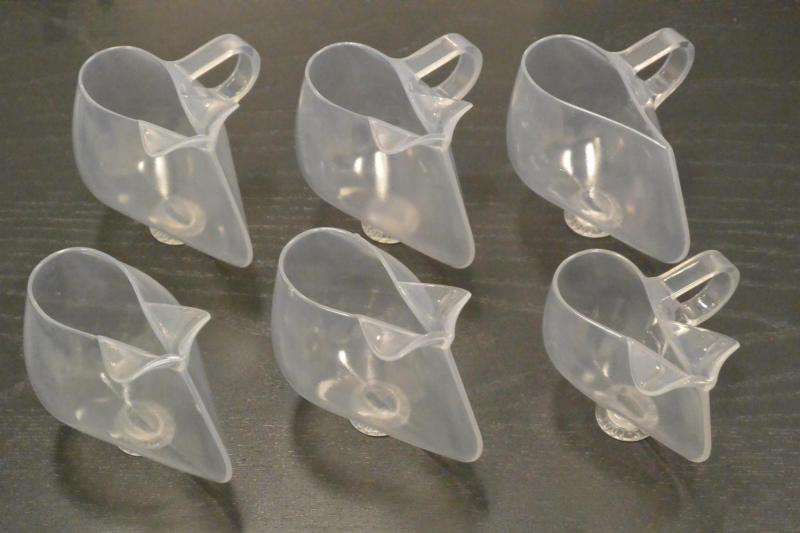Sixth SpaceX delivery of station research with a side of caffeine

From improving LCD screens to testing espresso machines, a variety of research is headed to the International Space Station aboard the sixth SpaceX contracted resupply mission. The Dragon spacecraft will deliver research equipment for physical science, biology, biotechnology, human research and a myriad of technology demonstrations to the station. These new and ongoing investigations continue to assist researchers in pursuing scientific breakthroughs not possible on Earth.
A new physical science investigation, the Observation and Analysis of Smectic Islands In Space (OASIS), examines the behavior of liquid crystals in microgravity. Specifically, the research team is observing the overall motion of the crystals and the merging of crystal layers known as smectic islands. This investigation may shine light on how microgravity affects the ability of liquid crystals to act like both a liquid and a solid.
Liquid crystals are used in television and laptop screens, watches and clocks, and a variety of other electronics with flat panel displays. Studying them in microgravity may help researchers design better liquid crystal display (LCD) devices on Earth. Engineers also could use certain types of liquid crystals in small screens applied directly to the face shields in future space helmets, enabling astronauts to easily view the small screens and read important information during a spacewalk.
One of the biology and biotechnology studies flying on the Dragon, the Cell Shape and Expression investigation, will help researchers create an experimental model relating microgravity, cell shape and gene expression. Gene expression is the process in which information programmed in a gene is used to direct the assembly of a protein molecule, which then helps carry out the instructions given to the cell for its role. Scientists hypothesize that cell shape and gene expression changes result from microgravity-induced modification of the cytoskeleton. The cytoskeleton is a series of proteins within a cell that help it with shape, support and movement. Scientists also hope to uncover the possibility of counteracting microgravity-induced cell damage with pharmaceuticals once they have an experimental model. This could help protect astronauts on future long-duration missions.

A microgravity model also will help scientists better understand how physical forces like surface tension and stiffness ultimately impact all major cellular functions. With increased knowledge of the relationship between microgravity, cell shape and gene expression, researchers on Earth may be able to translate the information to help treat diseases such as cancer, connective tissue diseases and osteoporosis.
Human health studies will play a more prominent role beginning with this SpaceX mission. NASA Astronaut Scott Kelly and Russian Cosmonaut Mikhail Kornienko will participate in a series of human health studies as part of their recently begun One-Year Mission aboard the space station. Researchers expect these investigations to yield beneficial knowledge on the medical, psychological and biomedical challenges faced by astronauts during long-duration spaceflight.
One of these investigations is the Fluid Shifts study, which is short for Fluid Shifts Before, During and After Prolonged Space Flight and Their Association with Intracranial Pressure and Visual Impairment. Scientists believe the action of fluids, such as blood and water, shifting position into an astronaut's head during spaceflight lead to increased pressure in the brain. This also may cause pressure to the back of the eye, causing the eye to change shape. The Fluid Shifts investigation measures how much fluid moves from the lower body to the upper body, in or out of cells and blood vessels. With this information, scientists hope to determine the impact these shifts have on fluid pressure in the head, as well as changes in vision and eye structures.

Study results from Fluid Shifts may help improve treatments for people on Earth with disease states that include swelling and pressure to the brain or who are confined to bed rest. Results also could help scientists develop preventive measures against changes in astronauts' vision and eye damage.
One new technology demonstration heading up to the space station is ISSpresso. This will test an espresso maker aboard the space station that crew members can use to make tea, coffee, broth or other hot beverages. Proving this technology in microgravity may lead to new or improved brewing methods. Crew members may enjoy an ISSpresso beverage using specially designed space cups as part of the Capillary Beverage study—an improvement to the standard drinking pouch with a straw. These specially designed containers use fluid properties such as surface tension to control the beverage in the cup. This test may add to the field of micro-fluidics, used in Earth-based medical and drug delivery applications.
Commercial resupply services missions like this sixth SpaceX delivery aid NASA and its international partners in carrying a "jolt" of research to the space station.
Provided by NASA





















